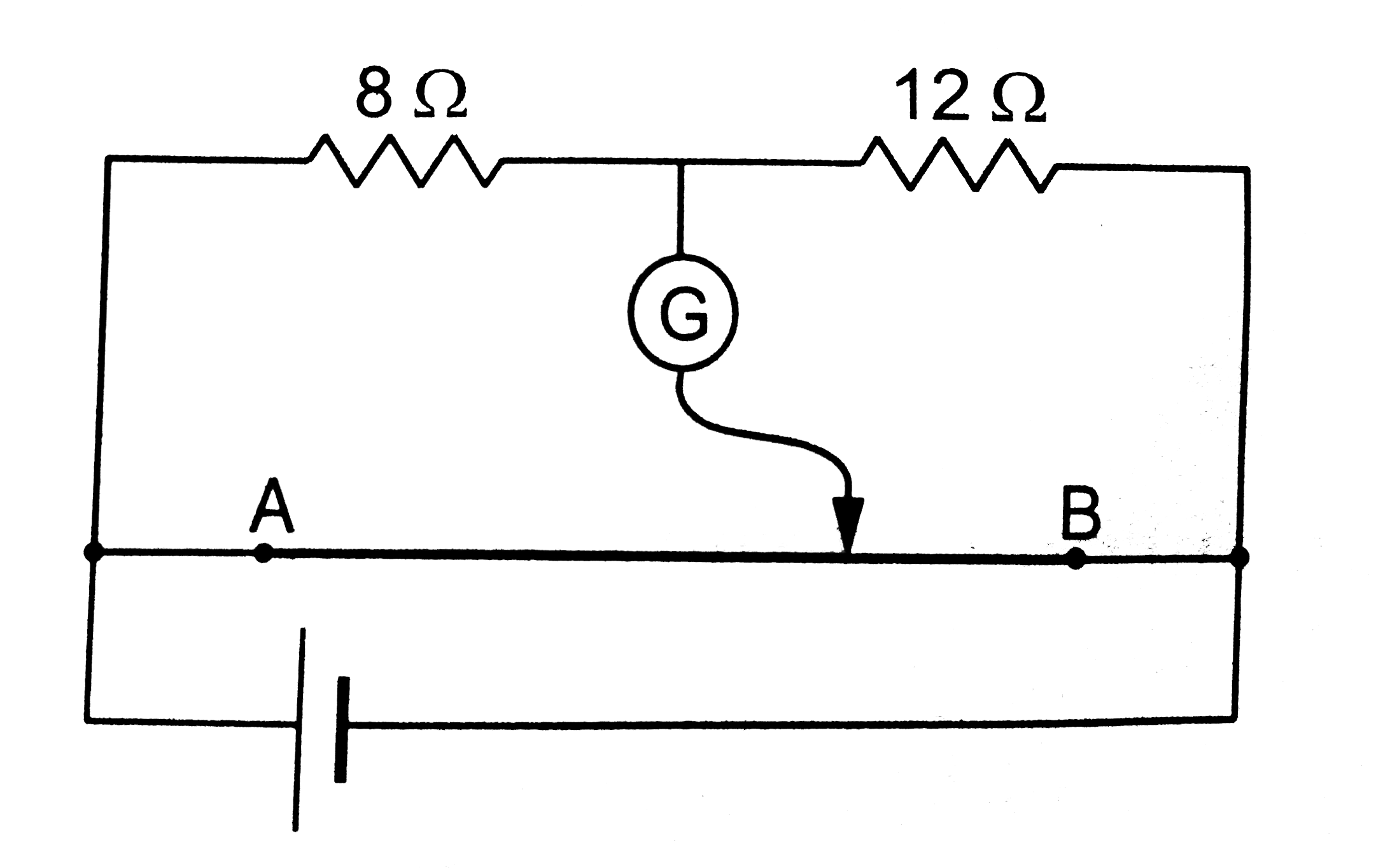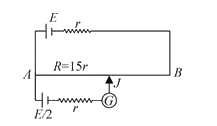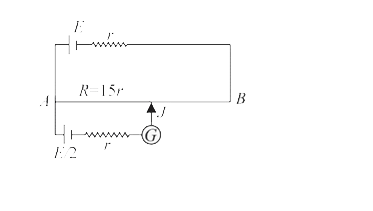
A potentiometer wire AB as shown in 40 cm long of resistance 50Ω/m free end of an ideal galvanometer is touching the potentiometer wire with the help of a jockey. What should be the velocity of the jockey as a function of time so that potential difference across the galvanometer is varying with time as (2sinπt)V
(10πsinπt)cm/s
(10πcosπt)cm/s
(20πsinπt)cm/s
(20πcosπt)cm/s
Step by step video & image solution for A potentiometer wire AB as shown in 40 cm long of resistance 50Omega//m free end of an ideal galvanometer is touching the potentiometer wire with the help of a jockey. What should be the velocity of the jockey as a function of time so that potential difference across the galvanometer is varying with time as (2sinpit)V by Physics experts to help you in doubts & scoring excellent marks in Class 12 exams.
Updated on:21/07/2023Similar Questions
The potentiometer wire AB shown in figure is 40cm long. Where the free end of the galvanometer should be connected on AB so that the galvanometer may show zero deflection?

View SolutionThe potentiometer wire AB shown in figure is 40 cm long. Where should the free end of the galvanometer be connected on AB so that the galvanometer may show zero deflection?

View SolutionA potentiometer consists of a wire of length 4 m and resistance 10Ω. It is connected to a cell of emf 2V.The potential gradient of the wire is
View SolutionThe potentiometer wire AB is 600 cm long . At what distance (in cm) from A should the jockey J touch the wire to get zero deflection in the galvanometer?

View SolutionThe potentiometer wire AB is 600cm long. At what distance (in cm) from A should the jockey J touch the wire to get zero deflection in the galvanometer?

View SolutionA 10 m long potentiometer wire carries a steady current. A standard cell of emf 1.018 V is balanced against a length of 254.5 cm of the wire. What is the potential gradient across the potentiometer wire ?
View SolutionIn the given potentiometer circuit length of the wire AB is 3m and resistance is R=4.5Ω. The length AC for no deflection in galvanometer is

View SolutionThe wire AB of a meter bridge changes linearly form radius r to 2r from left end to right end. Where should the free end of the galvanometer be connected on AB so that the deflection in the galvanometer is zero?

View SolutionA potentiometer wire has length 4m and resistance 8Ω. The resistance that must be connected in series with the wire and an accumulator of e.m.f. 2V, so as the get a potential gradient 1mV per cm on the wire is
View SolutionA potentiometer wire has length 4m and resistance 8Ω. The resistance that must be connected in series with the wire and an accumulator of e.m.f. 2V, so as the get a potential gradient 1mV per cm on the wire is
View Solution
